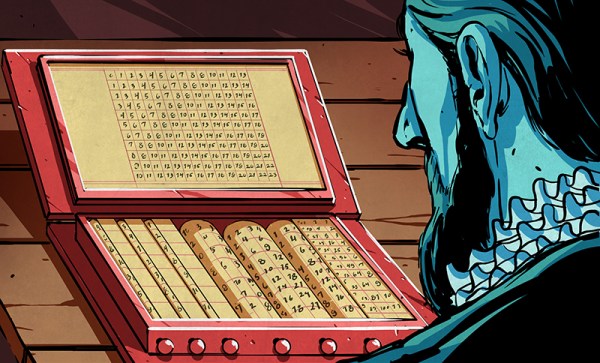John Napier was a Scottish physicist, mathematician, and astronomer who usually gets the credit for inventing logarithms. But his contributions to simplifying mathematics and building shorthand solutions didn’t end there. In the course of performing the many calculations he needed to practice these subjects in the 1500s, Napier invented a kind of computing mechanism for multiplication. It’s a physical manifestation of an old system known as lattice multiplication or gelosia.
Lattice multiplication makes use of the multiplication table in order to multiply huge numbers together quickly and easily. It is thought to have originated in India and moved west into Europe. When the lattice method reached Italy, the Italians named it gelosia after the trellised window covering it resembled, which was commonly used to keep prying eyes away from one’s possessions and wife.












